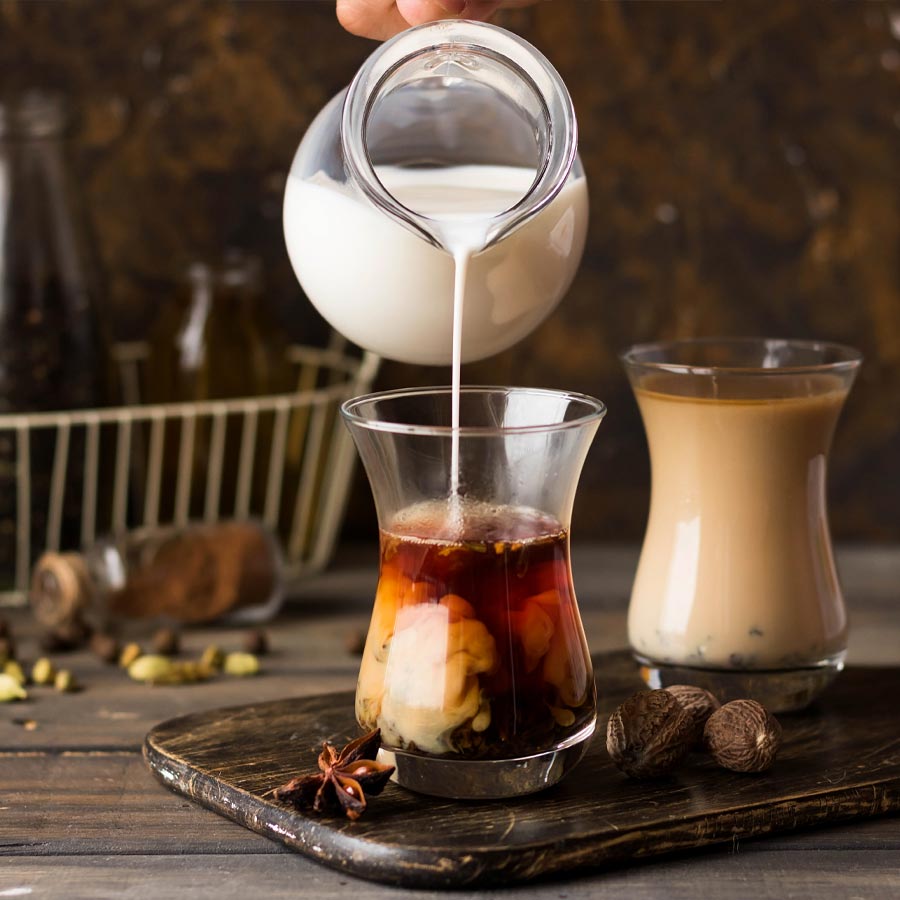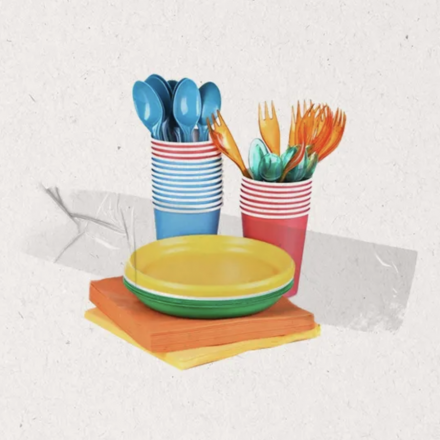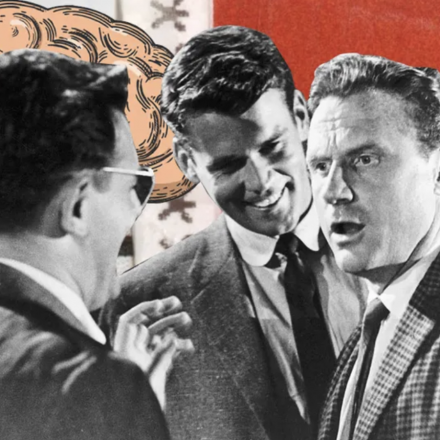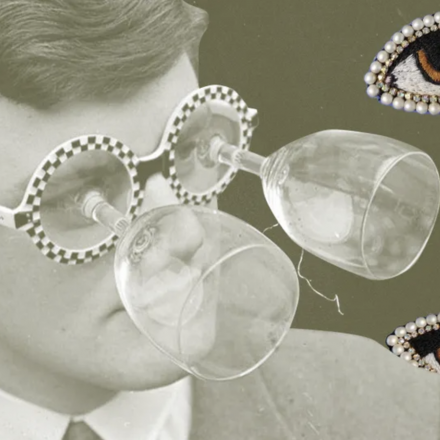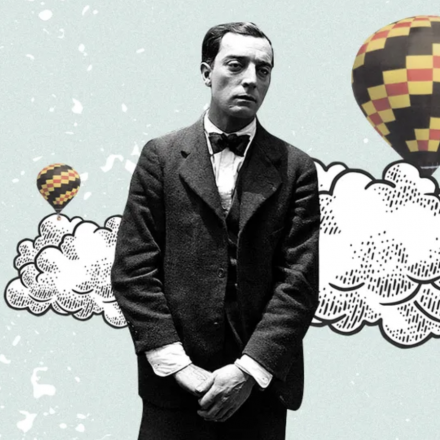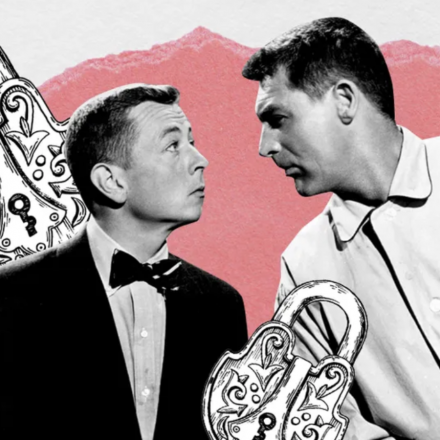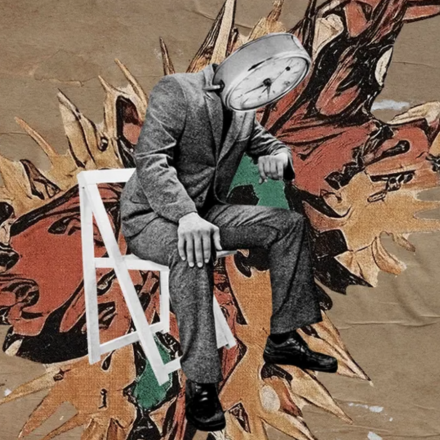Tea is not just a drink; it’s a whole culture. Although tea is made from the same plant around the world, the way it’s prepared varies by country. While the Chinese and Japanese typically enjoy their tea hot and without additives, Britons have long established the tradition of adding milk to their tea, making it a hallmark of British tea culture. But why is that?
Historical Roots
Initially, adding milk to tea was more about necessity than taste. In the 17th and 18th centuries, English tea cups were made of fragile porcelain, especially cheaper varieties, which often cracked under high temperatures. To avoid breaking their cups, Britons began adding milk to their tea. First, they poured cold milk into the cup, then added hot tea. This method cooled the tea to a temperature that prevented the porcelain from cracking.
Scientific Aspect
Interestingly, scientific studies support this tradition. Adding milk to tea before pouring it prevents uneven heating. When cold milk is added to hot tea, it can heat unevenly, leading to protein denaturation and the formation of a film on the surface of the drink. This film can spoil the tea’s flavor and create an unappealing appearance.
Modern Views
Today, milk is added to tea not only for practical reasons but also for flavor and aroma. However, not everyone agrees that adding milk before tea is the correct approach. For example, George Orwell, in his famous article on making the perfect cup of tea, argued that milk should be added after the tea to preserve its flavor and aroma.
Adding milk to tea is not just a ritual; it’s a practical solution born from the need to preserve fragile cups and enhance the flavor of the drink. While it might seem unusual today, each sip of such tea carries a piece of history and culture. So next time you enjoy a cup of tea, remember these traditions and perhaps consider adding milk according to the historical method or follow the advice of classics like Orwell.

